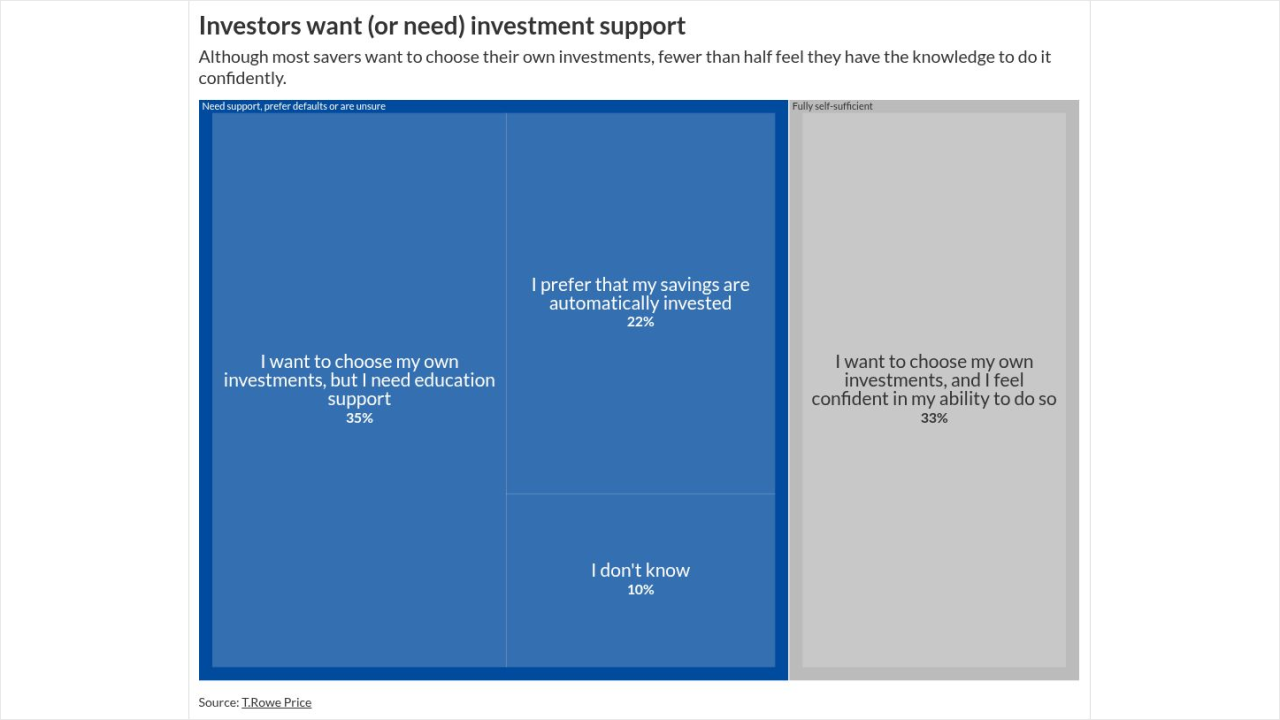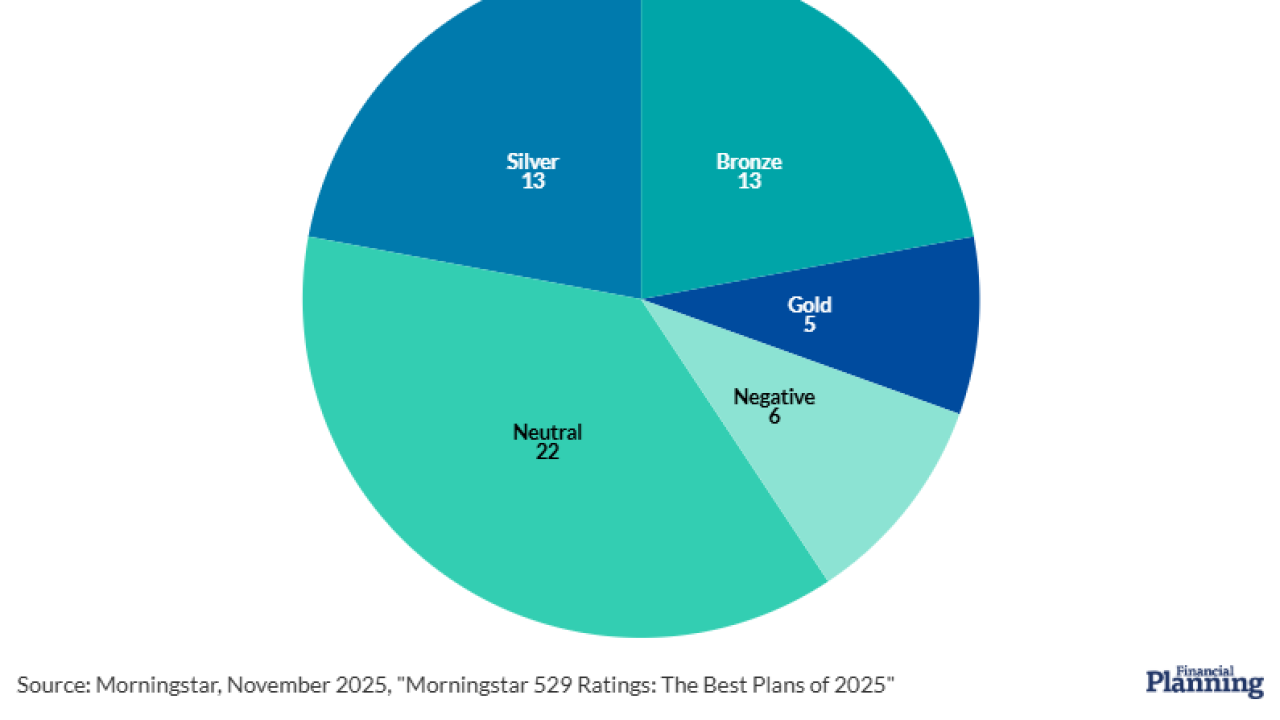Wealthfront is looking to grab more than just a chunk of their clients’ investable assets — it’s out for their cash deposits, too.
The second leading robo advisor by assets teamed up with a handful of banks to unveil a new offering that gives clients a fully-insured place to keep their cash. The Wealthfront cash account offers a 2.24% interest rate (as of now) and is FDIC insured up to $1 million, according to a spokeswoman.
"Every year, the four largest banks in the U.S. make over $300 billion in revenue while paying consumers next to nothing on their cash deposits," Dan Carroll, co-founder of Wealthfront, said in a statement. “Imagine how impactful that extra money could be on people's lives.”
Accounts can be opened with as little as a dollar and aren’t subject to market risk. The firm, which manages almost $11.5 billion in customer assets, is working through a white-label agreement with the banks — including East West Bank and New York Community Bank — to provide the service, according to a spokeswoman.
There are no fees associated with the accounts, says the spokeswoman. Ninety percent of Wealthfront's 220,000 clients are under the age of 45 and the average age is about 32. The majority live in coastal cities like New York, San Francisco, Los Angeles, Washington and Seattle. The average client account is around $41,000, according to public filings.

“Adding the capability to help our clients with their short term needs will be an important addition on our way to building out Self-Driving Money,” the spokeswoman said, referring to Wealthfront's overall vision to automate all client financial needs in one place.
CEO Andy Rachleff expects to make further forays into the banking space in the coming year. “In order to optimize and automate all of our clients' finances, we need to offer ideal short and long-term destinations for their cash,” he said in a statement.
The move comes two months after Robinhood’s high-profile foray into the banking sector. The no-fee stock trading app
Wealthfront says it has been in close contact with regulators about the suitability of the new offering. “We always work closely with regulators when we are launching a new endeavor,” the spokeswoman said.
-
Adam Nash will be replaced by Andy Rachleff, who once served as chief executive of the firm, and will now be tasked with leading it during a period of fierce competition.
October 31 -
The 529 market has nearly doubled over the past five years, reaching a record-high $227 billion in AUM by the end of 2015.
June 3 -
Wealthfront can become the "leader in a new emerging market" if it focuses on millennials the way Charles Schwab zeroed in on Baby Boomers, says CEO Adam Nash.
October 2
In December, Wealthfront became one of the
Some advisors are skeptical that Wealthfront's partnership, and its entrance into the banking sector, will yield a different result than the Robinhood entrance before it. “Robinhood redux?” says William Trout, head of wealth management at Celent. “At a minimum, this move screams entry into the banking space.”
Wealthfront is only the latest robo advisor to seek an avenue into its clients' bank accounts.
Considering Bank of America and Merrill Lynch are the only firms offering tools to tightly integrate banking and wealth management for clients, the offering could play very well for Wealthfront, Trout says. Additionally, the partnerships give the banks readily available access to cash deposits, while simultaneously offering Wealthfront clients the convenience of having a savings-like account integrated into their investment platform, he says.
However, Wealthfront’s recent “freemium” and no-fee offerings may be a roadblock to becoming profitable and sustaining revenue long term. “The terms they are offering here and elsewhere — like making their Path tool free — are either ambitious or downright reckless, depending on your point of view,” says Trout.
Wealthfront likely has “patient capital” behind them, especially now that Rachleff returned to the helm, Trout says, adding that client engagement has become the endgame.
“Turning eyeballs into wallets is tough,” he says. “Especially if you are offering very generous terms.”





